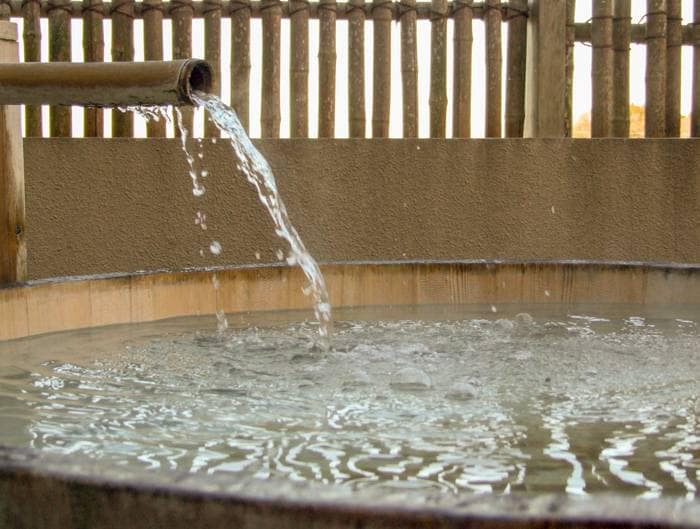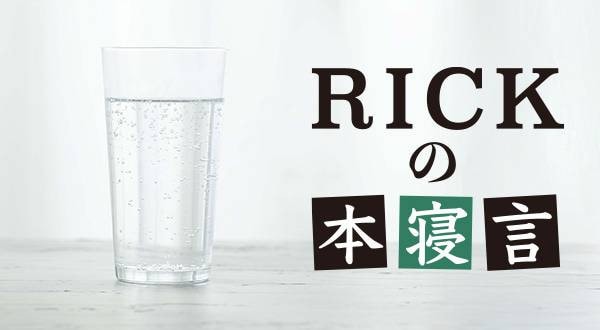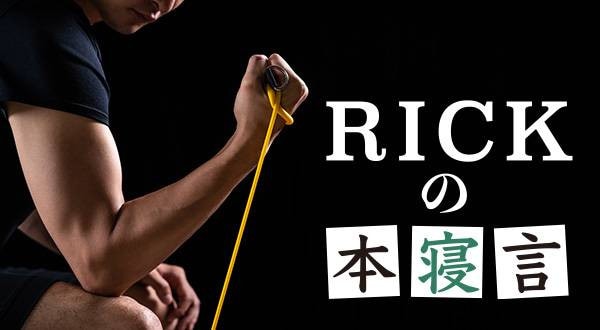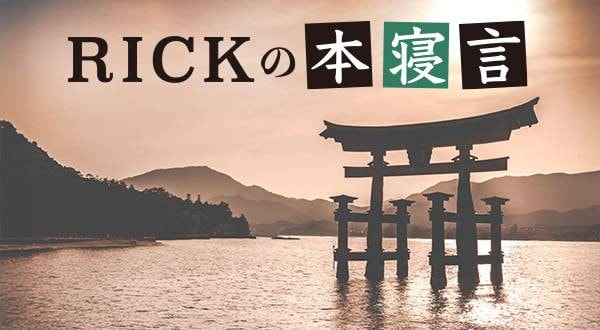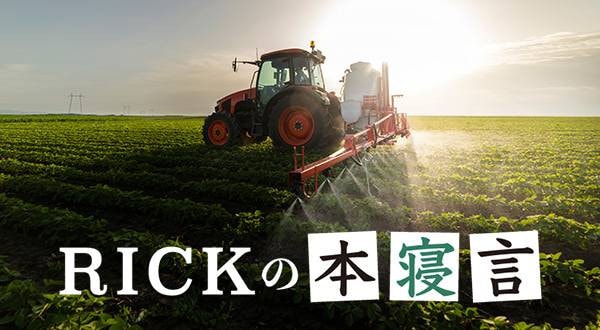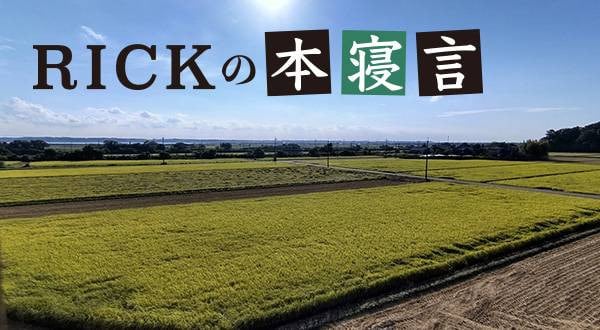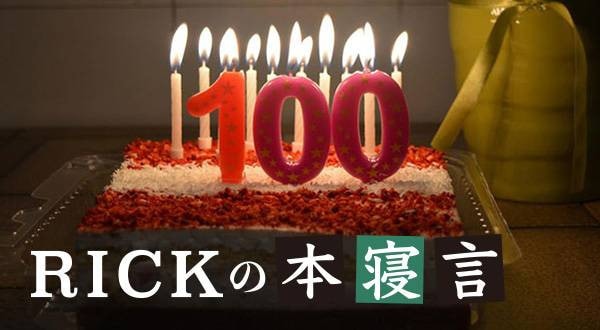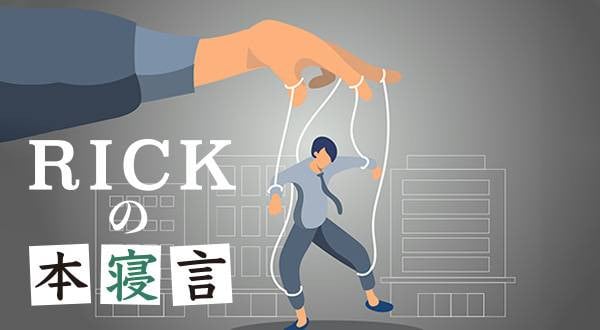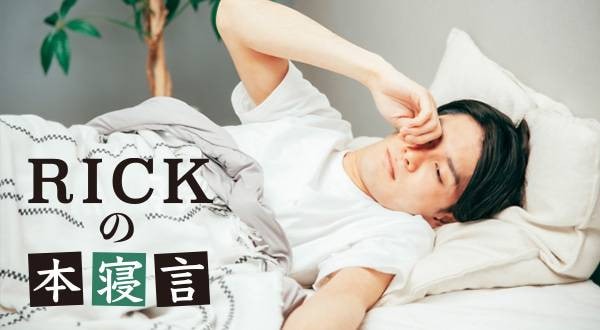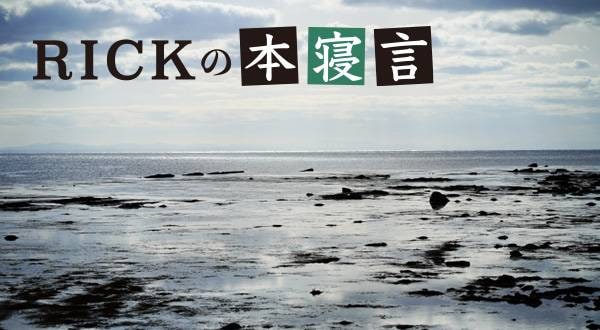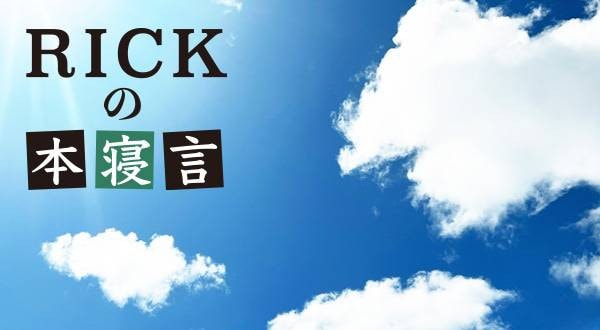Narita Onsen, the old rundown onsen which I found by chance while I was looking for a mountain to pray in the unknown town of Narita, to my surprise, was featured in a special article in the Weekly Gendai back in 1976. Narita Onsen, which boasts natural hot springs that gush to the surface from 1,100 meters underground, has made it into the limelight. The backstory of this place started from a rumor that one of Asia’s biggest entertainment districts was to be built near the Shimousa Manzaki area. This grandiose plan included building hotels, casinos, and a variety of entertainment facilities close to the natural hot spring bathhouse, and it became quite the talk of the town at that time. Telling this story now, this investment seems like an unthinkable gamble, but somehow it was seriously discussed at the time.
Still, I felt some hidden power in this run-down Narita Onsen. If you walk around the area, you’ll find the Ryukakuji Kofun (burial mound) Cluster, which has 115 burial mounds that spread out onto the Boso Fudoki no Oka area right behind Narita Onsen. Among them is the Ryukakuji Iwaya Kofun Tumulus, known as one of the largest square-sided tumuli in Japan. The name “Iwaya” sounds like it could be a Jewish name judging from its pronunciation. Moreover, it is on a small hill. As a person who originally was looking for a mountain, it wasn’t high enough for me, but without a doubt that its presence was like a mountain. I also found records at Narita City Hall that said the Iwaya Kofun Tumulus are originally connected to the historical Fujiwara family, and since I have always believed that the Fujiwara were Jewish immigrants, Narita Onsen became more and more fascinating to me.
Nevertheless, at the time, Narita Onsen was so dirty and badly in disrepair that it was so ugly. Although Narita Onsen was right next to the Boso Fudoki no Oka area, getting to Narita Onsen was a 15-minute walk from Shimousa Manzaki Station. Access by car from the prefectural road was not good, and it was difficult to find from the road. The shape of the lot was also narrow and long like edamame, and the property value was appraised to be at a very low price, so it seemed like a facility that no buyers were interested in.
However, for some reason, I began to think that this old Narita Onsen was my final destination after searching for a sacred mountain. While I was researching the owner of the land, I discovered that the property had been put up for auction by the local court house. In an auction, the court gives a quote of the minimum sale price, and that price is usually considerably lower than the general market value. Since my mother was into investing at the time, I told her, “You can buy a natural hot spring bathhouse in the countryside for really cheap!” To my surprise, she immediately said, “I’ll buy it!” Well, it was not a hot spring that could immediately be opened even if she bought it, and I knew that I would have to rebuild it sooner or later because it was terribly dilapidated. Still, I couldn’t help but feel that I had no other choice but to buy Narita Onsen.
Obtaining Narita Onsen was more difficult than I expected. Everything did not go smoothly, and it took a lot of time just for various necessary negotiations with people such as the former manager. After nearly half a year of negotiations, I finally acquired the Narita Onsen. Thanks to Narita Onsen, I finally was able to settle down and enjoy life in Narita. While discussions with the Narita Onsen people were ongoing, I drove around to many places and took walks with my dog Mitchie that became almost like a routine that I did just about every day. Also, I always had my guitar with me. Since I used to play guitar and sing at church every weekend before coming to Narita, I began to think that it was time to settle down and sing somewhere new. Then, something shocking was waiting for me.
